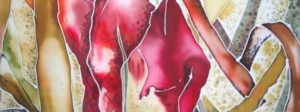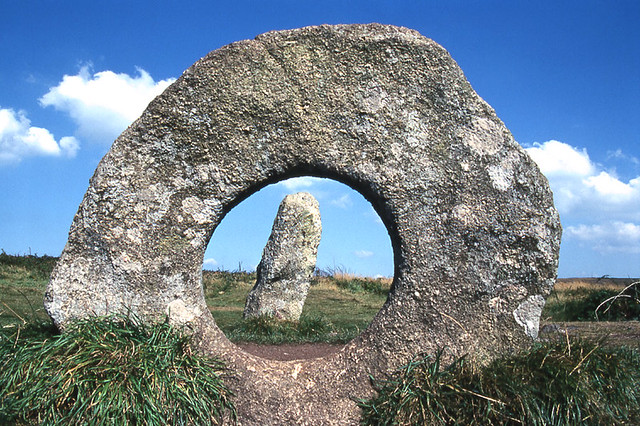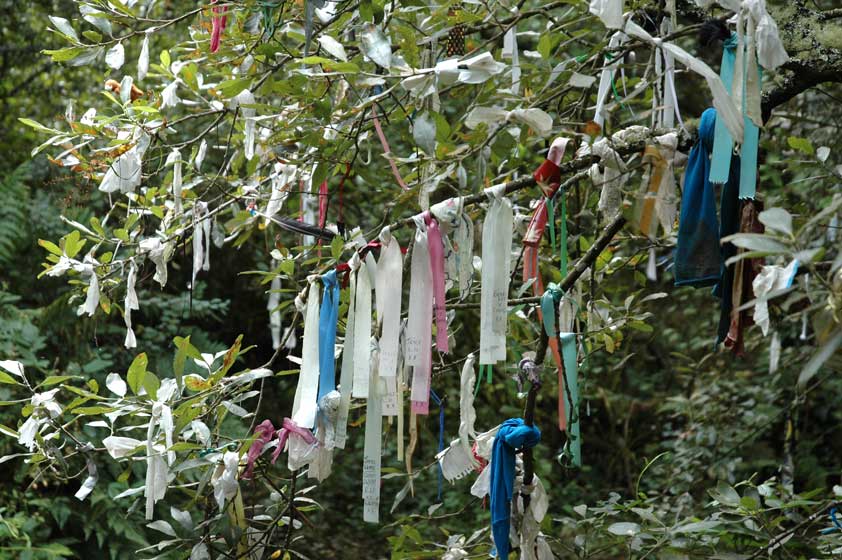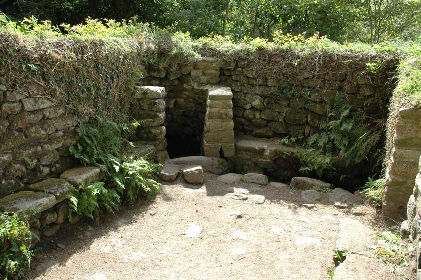
Crugkern Barn - Cot Valley
Moorland and Myths

Cornwall has hundreds of ancient monuments. They range from the small underground chambers known as ‘fogous’, mysterious chambered cairns and entrance graves, round barrows, long barrows, enigmatic inscribed stones, through to imposing quoits (dolmens) and cliff castles as well as the longstones or mênhirs.
There are large concentrations of megalithic Chamber Tombs in the far west, on the Land’s End Peninsula and also on the Isles of Scilly. The most commonly visited (and photographed) are Lanyon Quoit, Chun Quoit, Mulfra Quoit (near Zennor) and Ballowall Barrow (Carn Gluze) in West Penwith.
Holed stones are a lot rarer with only two notable examples – Mên-an-Tol near Morvah (see picture) and the Tolvan Stone on private farmland near Gweek.

Cornwall is a Celtic land, sharing a common identity with such places as Brittany, Wales, Ireland and Scotland.
During the Dark Ages, in the 6th century AD, the Celtic Saints came to Cornwall and left their mark on it in its place names, chapels, crosses and holy wells, found across the whole of Cornwall.
Paths leading to the wells are often ‘dressed’ which gives a special ‘atmosphere’ to your approach.
